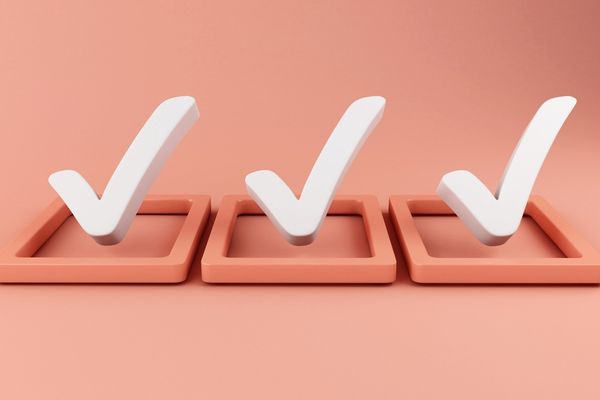Thinking Like a Scientist Is an Adventure
May 01, 2017
School Solutions
STEM-related careers and industries are the fastest-growing segments of our work force, expanding 17 percent between 2008 and 2018, according to a report by the National Commission on Mathematics and Science for the 21st Century. Sixty percent of new jobs will be in STEM fields, it estimated.
As a former superintendent and chief executive officer of JASON Learning, a nonprofit organization that connects students to real science, research, exploration and discovery, I have advocated for offering stimulating experiences for learning science.
Real-Life Exposure
Giving students real-life experiences working with scientists is important. Students may learn about STEM careers when scientists visit classrooms, during industry field trips and through high-quality science curriculum. Exposure fills knowledge gaps for those whose schooling or lives may not have fully focused on the relevance of STEM in our daily lives.
Providing students the opportunity to learn and see a pathway for a future career is the essential equation for STEM.
The Battelle Memorial Institute evaluated JASON Learning and concluded “the evidence is consistent that districts which adopt (it) are improving student science achievement and are improving it faster than would be expected relative to districts not adopting JASON Learning. JASON Learning is clearly one component of a progressive strategy to improve student science achievement.”
Curriculum design ensures success when it aligns with state standards. However, alignment is not enough. The interests of students must be captured by the curriculum. Today’s students respond well to multicurricula experiences that include games, streamed videos, reading, labs and project-based learning, all of which stimulate students’ intrinsic interest much more than a textbook or a lecture.
Students need to be inspired and motivated through the critical years when their curiosity and imagination about the world around them are at their peak. They need to see a “pot of gold” at the end of the STEM rainbow that’s worth pursuing and putting in the effort to achieve.
JASON Learning is effective on three dimensions: standards-based STEM curricula, essential professional development and inspiring and relevant STEM career role models.
Argonaut Program
JASON’s Argonaut Program is expanding opportunities for students and teachers to work side by side with scientists and engineers, many of whom they’ve come to know through JASON’s curricula, in locations around the world.
In doing so, they become the eyes and ears for their peers back home, experiencing firsthand what it’s like to pursue a STEM career, sharing that knowledge when they return to their local communities and making critical real-world connections to the STEM topics they’ve learned about in the JASON classroom curricula.
Ed Toman, superintendent of the Wetzel School District in New Martinsville, W.Va., agrees, saying, “The Argonaut adventure is opening up a world to our students who did not see themselves in it. Our students have the capacity and heart but needed the dream.”
Advertisement
Advertisement
Advertisement
Advertisement


.png?sfvrsn=3d584f2d_3)
